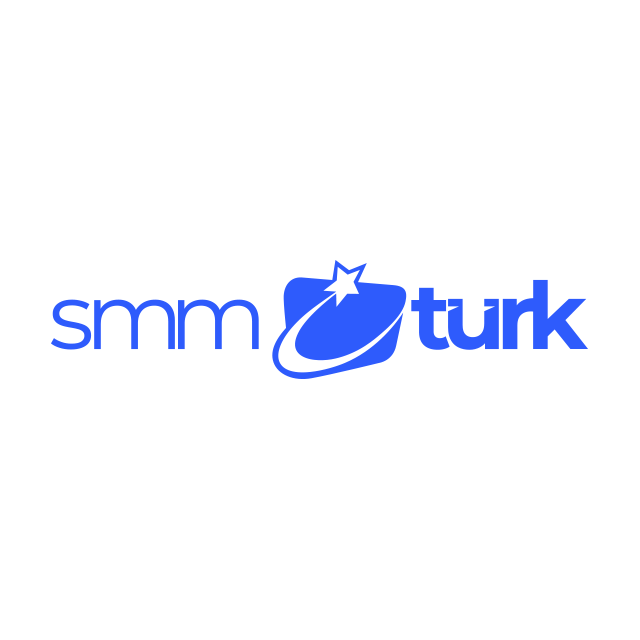
How Filipino Influencers Are Redefining Online Engagement in Southeast Asia
The Philippines has long been considered one of the most social media–savvy countries in the world. In 2025, that reputation is stronger than ever. From lifestyle bloggers in Manila to TikTok stars in Cebu, Filipino influencers are reshaping the way engagement works across Southeast Asia.
Unlike traditional “follower-first” approaches, Filipino content creators are building real communities—with deeper interactions, culturally relevant content, and a smart blend of entertainment and value. And they’re doing it using smart, organic Social Media Marketing (SMM) strategies.
The Digital Pulse of the Philippines
With over 89 million social media users in a population of 117 million, the Philippines has one of the highest social media penetrations in the world. Platforms that dominate include:
- Facebook – still the king of community groups and brand pages
- TikTok – exploding in lifestyle, food, and entertainment niches
- YouTube – trusted for tutorials, vlogs, and reviews
- Instagram – popular with fashion, beauty, and travel creators
- X (formerly Twitter) – widely used for commentary and trends
Filipinos spend an average of 3–4 hours per day on social media—making it an essential space for marketing, especially through influencers.
What Makes Filipino Influencers So Effective?
🇵🇭 1. Relatability Over Perfection
Filipino creators focus less on polished content and more on relatable, everyday experiences—from budget-friendly beauty routines to family-oriented humor.
📱 2. Emotional Connection
Whether it’s sharing stories about family, struggles, or community pride, Filipino influencers master the art of emotional storytelling—which boosts shares, comments, and saves.
🎶 3. Leveraging Trends Creatively
From trending TikTok dances to meme formats, they stay relevant without losing their personal voice or authenticity.
💬 4. Strong Use of Tagalog and Local Dialects
This strengthens the bond with Filipino audiences and helps creators stand out in a crowded English-first digital space.
Case Studies: Filipino Influencer Success
- 🎥 A TikTok creator in Davao mixes local humor and Tagalog commentary on daily life, gaining over 500k followers with simple smartphone edits.
- 🍽️ A food vlogger from Quezon City creates “P50-meal challenge” content—relatable, budget-friendly, and highly shareable.
- 💅 A beauty influencer in Manila shares acne struggles and skincare tips using affordable Filipino brands, leading to partnerships and brand growth.
- 🎓 A student influencer in Iloilo gives college hacks, study tips, and career advice, creating a supportive Gen Z follower base.
Each one uses authenticity + consistency as their secret weapon—not big budgets or celebrity status.
Tips to Grow Like a Filipino Influencer
✅ Speak from the Heart
People engage when they feel your content is genuine. Personal stories and vulnerability matter more than filters and edits.
✅ Ride Trends Locally
Put a Filipino twist on global trends—whether it's food, fashion, or humor—and make it your own.
✅ Go Multiplatform
Don’t rely on just one platform. Many Filipino influencers build audiences across TikTok, Instagram, and YouTube simultaneously.
✅ Use Native Language
Tagalog or even Visayan captions build trust and increase engagement within local and overseas Filipino communities.
The Impact Beyond Borders
Filipino influencers aren’t just stars in their own country—they're also making waves across Southeast Asia and among OFWs (Overseas Filipino Workers) around the world. Their ability to connect across cultures while staying deeply rooted in Filipino values makes them ideal brand ambassadors.
Brands looking to reach Southeast Asian audiences now look toward Filipino creators not only for their reach—but for their authentic influence.
Final Thoughts
In the ever-changing world of online marketing, Filipino influencers stand out. Their content is real. Their community is loyal. And their results are measurable.
For marketers, entrepreneurs, and aspiring creators alike, the Philippines offers a powerful lesson: real connection always beats artificial perfection.
In 2025 and beyond, expect even more Filipino creators to shape how brands engage, grow, and inspire online.
❓ Frequently Asked Questions (FAQ)
1. What platform is most popular among Filipino influencers in 2025?
TikTok and Facebook are the most active, while Instagram and YouTube maintain strong niche communities.
2. Do Filipino influencers only speak in Tagalog?
No. Many use a mix of Tagalog, English (Taglish), and regional dialects to connect with broader audiences.
3. Is influencer marketing expensive in the Philippines?
Not necessarily. Many micro-influencers offer high engagement at very affordable rates—perfect for startups and small businesses.
4. Can brands outside the Philippines work with Filipino creators?
Absolutely. Filipino influencers often have global followings, especially among overseas Filipino workers.
5. What content types perform best?
Short-form videos, story-based posts, budget hacks, and family/lifestyle themes tend to perform very well.